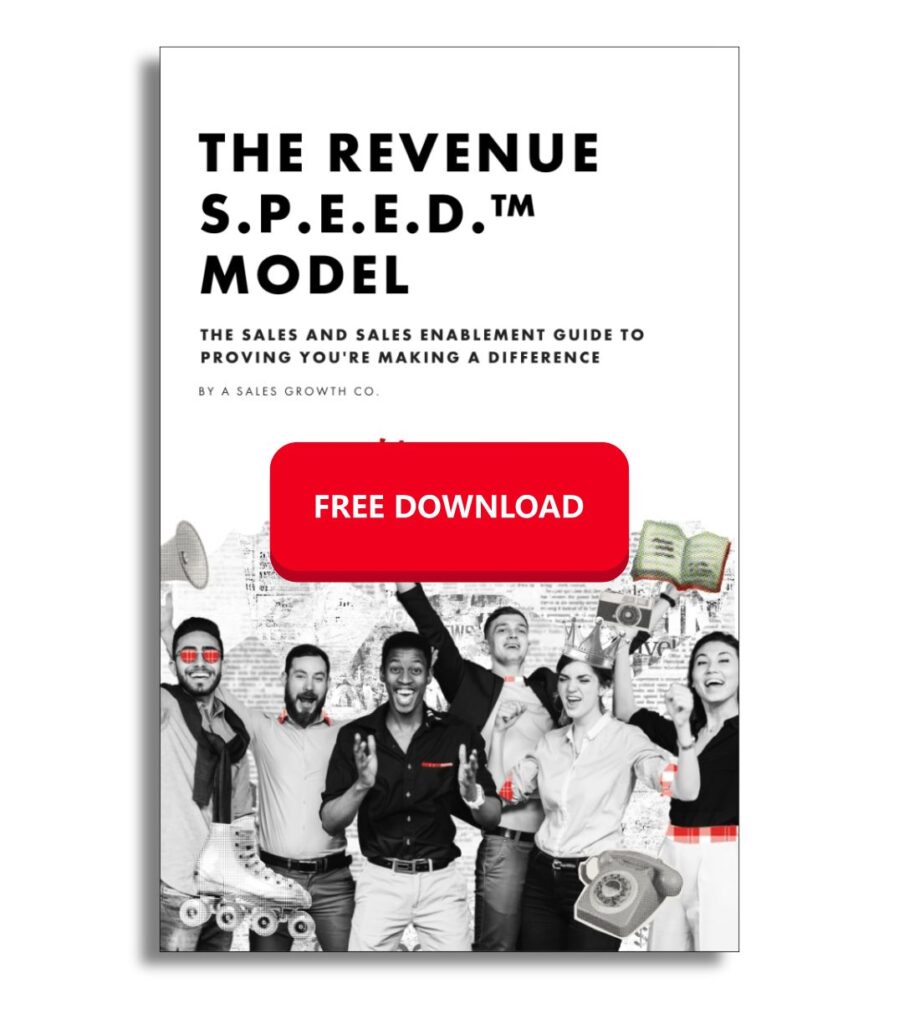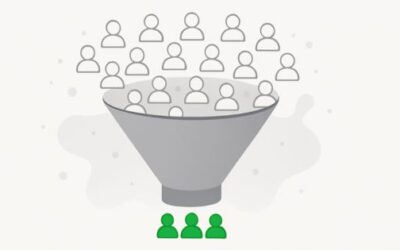Most sales growth plans don’t work. They look good on paper, more pipeline, more activity, more revenue. But, they’re typically built on inflated forecasts, bad qualification, and deals that will never close.
Sales teams focus too much on selling and not enough on solving. Reps chase the wrong opportunities, waste time on unqualified prospects, and rely on discounts to push deals through. Sales cycles drag, forecasting is a mess, and leaders are left scrambling when revenue targets aren’t met.
A real sales growth plan starts with fixing the process. It means tightening qualification, managing deals the right way, and making sure sales teams know how to uncover buyer problems. This guide breaks down five must have elements to build a plan that drives real, predictable growth.
Build a Problem-Centric Sales Process
A lot of sales team sell backwards. They lead with their product, hoping buyers will connect the dots. This results in wasted calls, low close rates, and deals that stall because the buyer isn’t convinced change is necessary.
Buyers don’t buy products, they buy solutions to problems. But 48% of buyers admit they’ve purchased the wrong solution because they didn’t fully understand their problem. That’s on the seller. If your reps can’t diagnose the real issue, they can’t create urgency or show real value.
A problem-centric sales process fixes this. Reps need to:
- Identify the buyer’s current state and what’s broken
- Define the business impact of staying the same
- Show a clear path to a better future state
When sales teams master this, deals stop stalling. Buyers see the risk of inaction, the urgency to fix it, and why your solution is the answer.
Define Buyer Input Data for Better Qualification
Most sales teams tend to qualify on surface level criteria (i.e. budget, authority, need, and timing). But none of that tells you if the buyer will actually buy. Deals stall, reps get ghosted, and forecasts fall apart because the reason the buyer needs to change was never uncovered.
Buyer Input Data (BID) changes that.
BID is the specific, explicit information the buyer shares that proves the cost of inaction if greater than the cost of action. Not assumptions, not guesses, the real reason they are willing to spend time, money, and effort to change.
A qualified deal must have:
- A pressing problem – what’s broken that they can’t afford to ignore?
- The impact of staying the same – what happens if they don’t fix it?
- A reason to act now – why can’t they keep going as they are?
If a deal doesn’t have this, it’s not real. No amount of follow up, nurturing, or pressure will turn it into one.
Sales is about change. People don’t change unless their current state is intolerable. BID tells you whether they’ve hit that point or if they’re just kicking tires. Get this data and you’ll know which deals are worth your time and which ones aren’t.
Align sales Enablement with revenue Operations
Sales growth plans often fail because enablement and revenue operations aren’t connected. Training happens, tools are rolled out, but deals don’t close faster, reps don’t sell better, and win rates stay the same.
This is because:
- Training doesn’t stick – reps forget what they learn if it’s not applied to real deals.
- There’s no data proving enablement works – if it’s not tied to win rates, deal velocity, or pipeline health, it’s just a box to check.
- Reps fall back into bad habits – without reinforcement in live deals, reps return to pitching instead of problem solving.
A strong sales growth plan makes enablement a part of every deal:
- Tie training directly to deal stages – if it doesn’t help reps move deals forward, cut it.
- Make BID data the foundation of sales coaching – reps must know how to uncover the reasons buyers are willing to make a change.
- Use revenue data to measure enablement’s impact – if training doesn’t improve key sales indicators, it’s not working.
A sales growth plan that aligns enablement with revenue operations drives higher win rates, shorter sales cycles, and better forecasting.
Fix Deal management in Your Sales Growth Plan
A sales growth plan must include solid deal management. Without it, reps hold onto bad deals, pipeline reviews become glorified status updates, and leadership operates on hope rather than facts.
Here what needs to change:
- Stop chasing weak deals – if a buyer isn’t feeling pain, they aren’t buying.
- Pipeline reviews should revolve around execution – where’s the gap? What’s missing? What’s the next step that moves the deal forward?
- No BID, No Deal – If the rep can’t prove the buyer needs to change now, the deal doesn’t belong in the pipeline
Creating a Forecasting Model
A forecast is not a guess. It’s not what reps think will close or what managers hope will happen. Sales organizations keep missing on revenue because forecasts are built on opinions instead of evidence.
What happens:
- Reps commit deals based on interest – a buyer who likes the solution isn’t the same as one who needs to change now.
- Pipeline stages don’t match buyer behavior – is every prospect in your CRM’s proposal stage ready to sign?
- Historical data gets more weight – past trends don’t predict today’s market conditions or what’s happening inside the buyer’s company.
An accurate sales growth plan follows these forecasting principles:
- Buyer Input Data (BID) drives forecast – if the buyer hasn’t shared the cost of doing nothing, the deal is not ready to sign.
- Aging deals need to go – If a deal hasn’t moved in 30+ days, it’s not going to.
- Stop adjusting numbers to make leadership happy – A forecast should reflect reality, not wishful thinking.
Implementing a Sales Growth Plan
Sales growth happens when teams focus on real opportunities, cut wasted effort, and execute with discipline.
Here’s what to do next:
- Fix how your team sells – reps must stop leading with product and start diagnosing problems. No problem, no sale.
- Build your strategy around Buyer Input Data – if the buyer hasn’t made it clear why they need to change, they won’t. Your plan must ensure reps know exactly what to uncover in every deal.
- Cut dead weight – stop padding the pipeline with weak deals, if a buyer isn’t organically moving, they’re not buying.
- Focus enablement on execution – Training, coaching, and tools should be tied directly to win rates, deal velocity, and revenue impact.
- Forecast based on reality – a sales growth plan isn’t complete without a forecast that reflects actual buyer behavior.
Sales teams that follow a structured, problem-driven approach win more, waste less time, and drive predictable revenue.




0 Comments